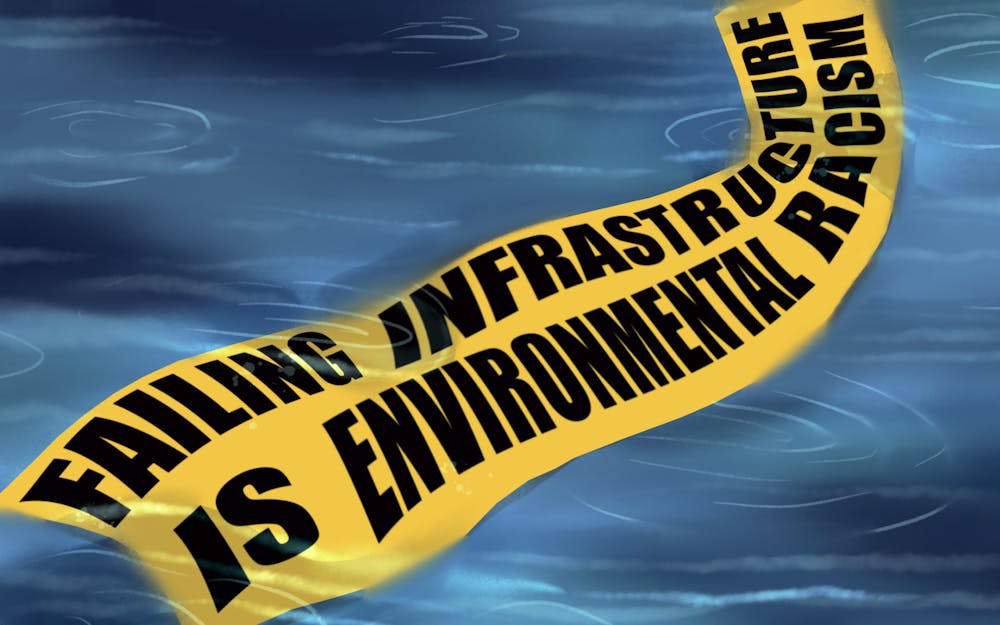There have been several predominantly Black and Brown cities across the country that are experiencing issues with maintaining safe environments over the past decade. Most of this is due to environmental racism through declining infrastructure. The situation only appears to be getting worse.
In 2014, in Flint, Michigan, a water crisis startled the country. According to CNN, the water supply was switched from Detroit Water and Sewerage Department to the Karegnondi Water Authority to reduce costs. This meant the water supplied to Flint was changed to the water from the Flint River. A few months later, fecal coliform bacterium was detected in the water.
By the beginning of 2015, the water was deemed safe; however, residents of Flint reported to be suffering from rashes and mysterious illnesses. Later on that year, elevated levels of lead were in over 40% of Flint homes. As the years went by, citizens proceeded to die from unsafe conditions. Flint, Michigan's water still has not been declared safe to drink even in 2022.
This isn't the only Midwestern city that has experienced failure of infrastructure due to government officials not doing their jobs properly.
In 2016, the mayor of East Chicago, Indiana ordered the evacuation of the then West Calumet Housing complex building, because it was built on toxic ground according to the Chicago Tribune. The housing complex had been built on the grounds of a lead smelter.
Almost a decade earlier, federal officials claimed to have assessed the potential health hazard in East Chicago and declared that young children could safely play in neighborhoods built on or near former industrial cities contaminated with lead. The same government agency confirmed that it misled parents and city officials.
Children living in the neighborhoods contaminated with lead were three times more likely to suffer from lead poisoning during the past decade than if they lived in other parts of the city.
Faulty and preventable issues in Black and Brown communities and their environments don’t stop there. In late August, Jackson, Mississippi’s public water system crashed and left over 150,000 residents without safe drinking water. Some people didn’t even have running water in their homes.
[Related:Black Voices: Jackson, Mississippi, has become another city with a poorly designed water system]
It is important to note that Black people make up over 80% of the city’s population.
The problems in Jackson, East Chicago and Flint are all examples of how poor infrastructure plays a role in environmental racism, affecting marginalized and low-income individuals.
It is uncommon to hear stories about failing infrastructure in wealthy neighborhoods and communities.
When housing editions and buildings are made for wealthy individuals, they go through extensive planning, research and development to ensure that it is built on the best grounds possible.
Most of this inequality comes from a history of racism through redlining. Redlining was a racist and discriminatory practice that prevented Black people from being able to purchase homes in neighborhoods with better infrastructure. This usually left them to stay in neighborhoods that were deemed “dangerous or hazardous.”
[Related:OPINION: In America, racism is even found in the drinking water]
According to The Guardian, if your neighborhood was “redlined” it was “doomed to a future of stillborn investment and decay.”
This allowed for investments to be poured into wealthy, usually white neighborhoods, while poor and marginalized neighborhoods were slowly failing overtime.
It is extremely important people are aware that infrastructure plays a role in environmental racism. This country has a long way to go in ensuring that marginalized people are treated and given the same opportunities as other individuals in this country. Ensuring that their infrastructure is up to date and built to last is key.






